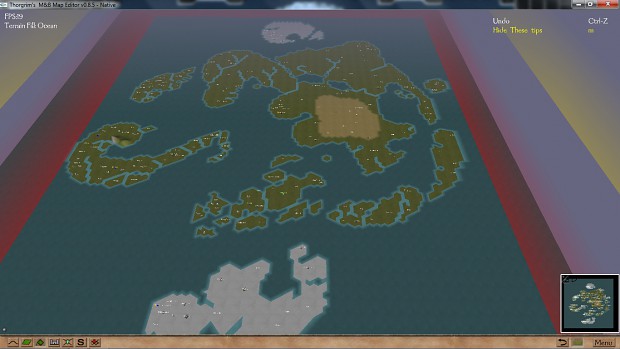
The South African plan called for a ruling white minority over a subjugated black majority, which would provide a large pool of cheap labor for the British sugar plantations and mines.

In 1874 Lord Carnarvon, Secretary of State for the Colonies, who had successfully brought about federation in Canada in 1867, thought that a similar scheme might work in South Africa. In the 1870s, the British annexed West Griqualand, site of the Kimberley diamond discoveries. The discovery triggered a diamond rush that attracted people from all over the world, which turned Kimberley into a town of 50,000 within five years and drew the attention of British imperial interests. The discovery of diamonds in 1867 near the Vaal River, some 550 miles (890 km) northeast of Cape Town, ended the isolation of the Boers in the interior and changed South African history. Matters were brought to a head when three sons and a brother of the Zulu chief Sirayo organized a raid into Natal and carried off two women who were under British protection. The Colony of Natal was a British colony in south-eastern Africa that had been proclaimed a British colony on after the British government had annexed the Boer Republic of Natalia. Cape Colony had been formed after the Anglo–Dutch Treaty of 1814 permanently ceded the Dutch colony of Cape Town to Britain, and its territory expanded very substantially through the 1800s. Various interactions with these followed an expansionist policy. By the 1870s the British Empire had colonies in southern Africa bordering on various Boer settlements, native African kingdoms such as the Zulus, and numerous indigenous tribal areas and states.


 0 kommentar(er)
0 kommentar(er)
